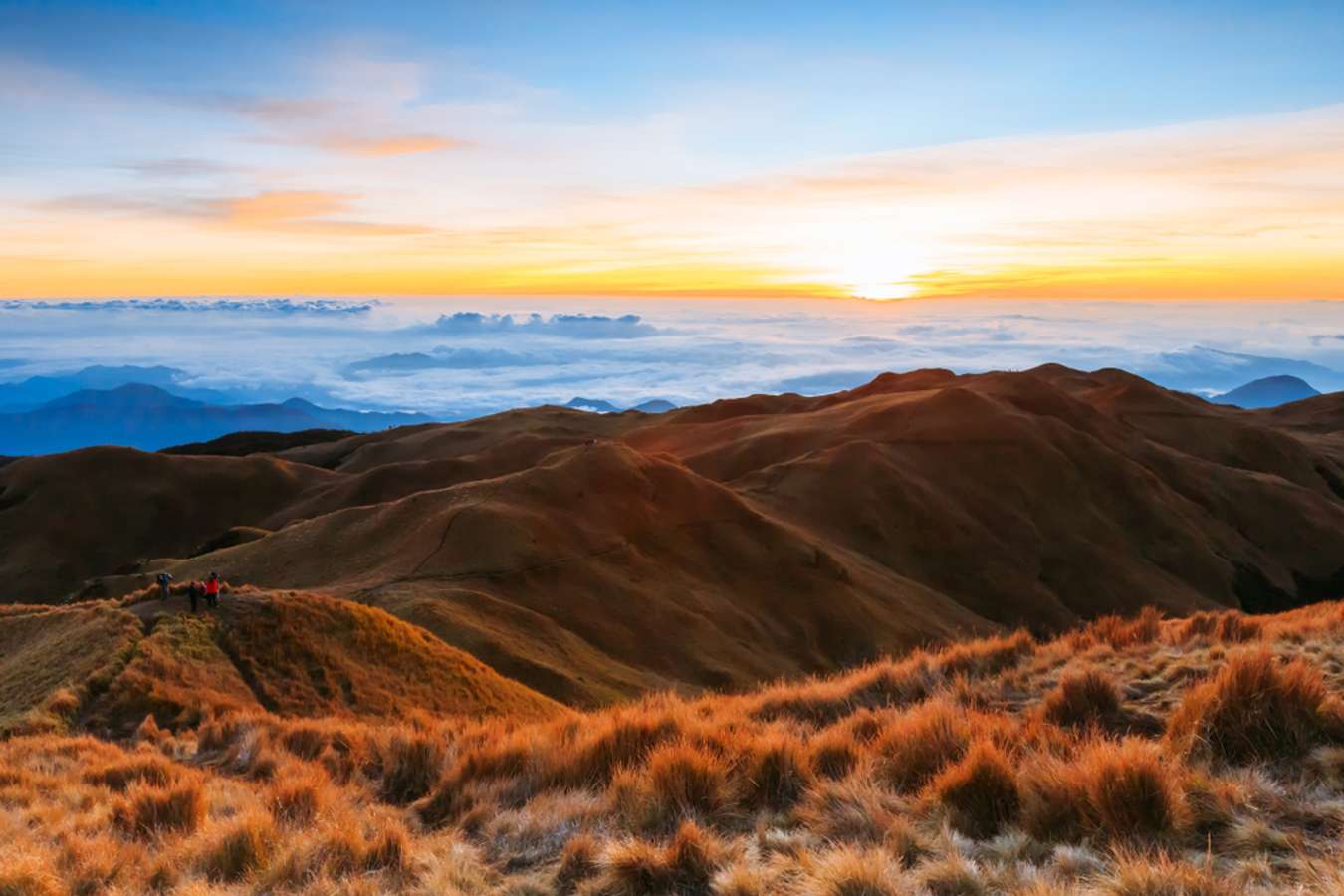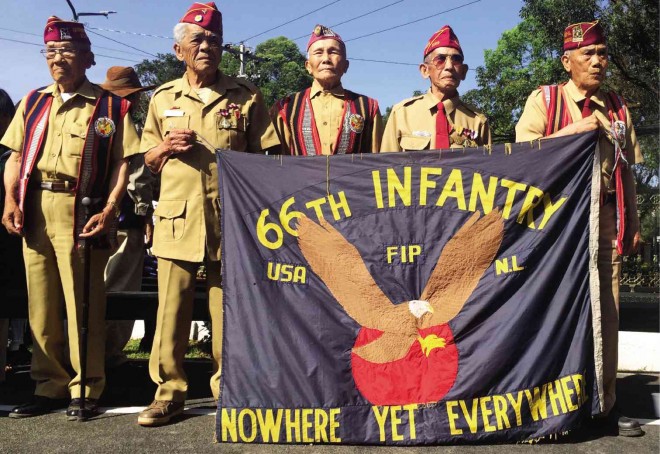Introduction
Known as the Salad Bowl of the Philippines, the picturesque highland province of Benguet is a haven for upland vegetables, boasting an impressive yield that fuels the region's culinary delights. It also flaunts an impressive collection of flowers. Nestled amidst breathtaking mountain vistas and an invitingly serene ambiance, Benguet offers an oasis of tranquility, a welcome escape from the frenetic pace of urban life.
For the adventurous souls, a trek up Mount Pulag promises a breathtaking sight—a mystical sea of clouds, a dreamy vista that awaits intrepid hikers at the summit. And have lot more to offer with many beatiful summits to hike to. So seat back fasten your pants as we trace its "Rich History".
Pre-colonial Past
Long before the Spanish colonizers arrived in the majestic mountain ranges of Cordillera, the resilient inhabitants of Benguet thrived amidst the vast expanse of the southern Cordillera mountain range. They were intrepid explorers, venturing from mountainous terrains to the coastal stretches of Ilocos Sur, Pangasinan, and La Union, in a quest for fertile valleys, prime hunting spots, and the bounties of nature—earth, rivers, and seas teeming with resources. In a landscape devoid of political boundaries, movement and settlement were guided by the pursuit of trade and abundance.
Trade bustled in hubs like Ituy (now Aritao in Nueva Viscaya), Tagudin, Vigan, and Lingayen, serving as pivotal points where highlanders and lowlanders engaged in barter. The treasures of Benguet—gold, copper, iron, honey, and beeswax—exchanged hands for salt, livestock, cotton, exotic goods, and tragically, even human lives, revealing the darker facets of historical trade dynamics.
Amidst this turbulent era, skirmishes and clashes persisted, notably the discord at Tonglo in 1759. Dubbed as Igorrotes by the Spanish colonizers, the indigenous populace remained emancipated until frictions over the tobacco trade grabbed the attention of the Spanish overlords. This discord prompted severe punitive forays, culminating in the establishment of military districts in 1852.
The reign of Spanish authority was sporadic, primarily concentrated within the confines of pivotal capital rancherias. The emergence of Commandancias Politico Militar delineated territories, encompassing present-day locales such as Bakun, Mankayan, and Buguias, signifying the sway of Spanish influence until the dawn of 1890.
American Regime
During the American Period, a significant transformation unfolded in Benguet's governance. It all began in 1900 when Benguet's Civil Government took root, setting its cornerstone in Baguio as the capital, a vibrant city perched amidst picturesque mountains. The zenith came in 1909 when Baguio earned the distinction of being a chartered city, emblematic of its evolution into a significant urban center. However, this epoch of prominence didn't last long. By 1916, the mantle of leadership shifted, bestowing La Trinidad with the honor of becoming the new capital, marking a shift in Benguet's administrative nucleus.
Japanese Invasion
The Japanese occupation in the southern Cordillera during World War II unfolded with surprising ease. Following the American evacuation in December 1941, the Japanese entered unopposed. While some Americans sought refuge, a few notable figures like Volckmann and Blackburn organized guerrilla groups to resist the occupation.
With strategic focus, the Japanese commenced an overhaul, reshaping the economy by prioritizing copper excavation and managing local governance. Initially, Buguias remained largely unaffected, allowing locals to derive certain advantages from the situation. However, as guerrilla activities gained momentum in late 1943, the Japanese became more directly involved in local affairs, intensifying their presence. Soldiers stationed in Buguias initiated a rapport with the locals, creating a somewhat positive relationship amidst the circumstances.
The complexities of the Japanese invasion during this period showcased a blend of peaceful intervals, localized advantages, and heightened confrontations as resistance efforts against the occupation grew stronger.





Comments
Post a Comment